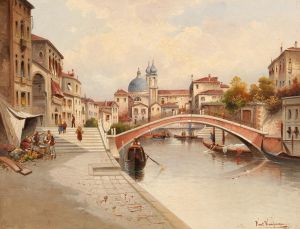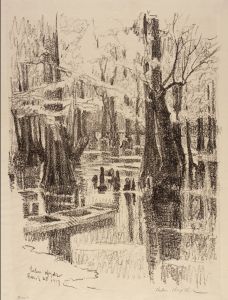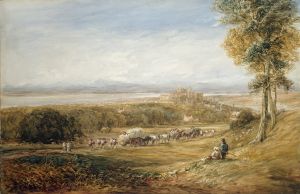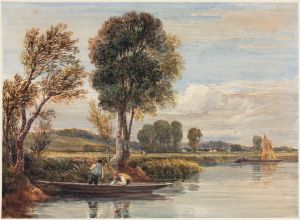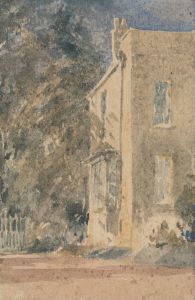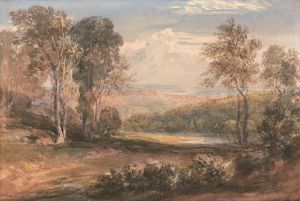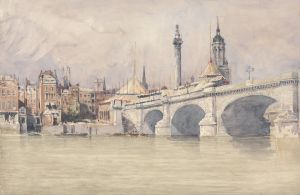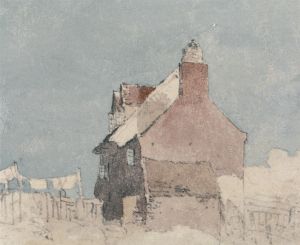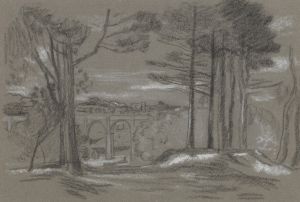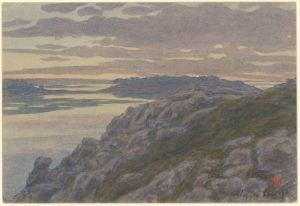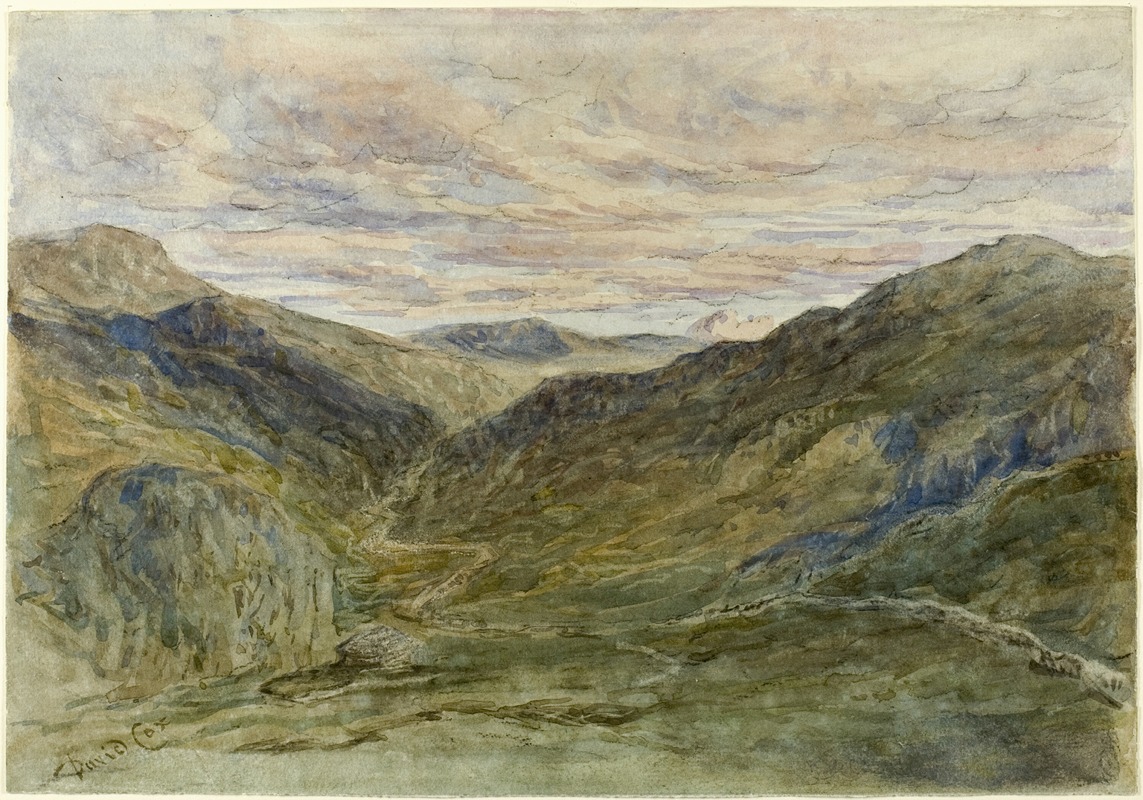
View in Wales
A hand-painted replica of David Cox’s masterpiece View in Wales, meticulously crafted by professional artists to capture the true essence of the original. Each piece is created with museum-quality canvas and rare mineral pigments, carefully painted by experienced artists with delicate brushstrokes and rich, layered colors to perfectly recreate the texture of the original artwork. Unlike machine-printed reproductions, this hand-painted version brings the painting to life, infused with the artist’s emotions and skill in every stroke. Whether for personal collection or home decoration, it instantly elevates the artistic atmosphere of any space.
"View in Wales" is a painting by the British artist David Cox, an influential figure in the development of English landscape painting. Born in 1783, Cox was a prominent member of the Birmingham School of landscape artists and is best known for his contributions to watercolor painting. His works are celebrated for their atmospheric effects and the ability to capture the transient qualities of light and weather.
David Cox's "View in Wales" exemplifies his mastery in portraying the natural beauty of the British countryside. Although specific details about the painting's creation date and current location are not widely documented, it is known that Cox frequently traveled to Wales, where he found inspiration in the rugged landscapes and dramatic skies. These trips significantly influenced his work, as he sought to capture the essence of the Welsh scenery through his art.
Cox's technique in "View in Wales" likely reflects his innovative approach to watercolor painting. He was known for using a broad brush and a wet-on-wet technique, which allowed him to create soft, diffused effects that convey the mood and atmosphere of the scene. This method was somewhat unconventional at the time and contributed to the evolution of watercolor as a respected medium in the art world.
The painting is believed to depict a typical Welsh landscape, characterized by rolling hills, expansive skies, and perhaps a glimpse of the rural life that was prevalent in the region during the 19th century. Cox's ability to infuse his landscapes with a sense of movement and vitality is evident in the way he captures the interplay of light and shadow, as well as the dynamic weather patterns that are often a feature of the Welsh climate.
David Cox's work, including "View in Wales," played a significant role in the transition from the more formalized landscape traditions of the 18th century to the more expressive and emotive styles that emerged in the 19th century. His paintings are often compared to those of his contemporaries, such as J.M.W. Turner and John Constable, who also sought to capture the sublime beauty of the natural world.
Cox's influence extended beyond his lifetime, as he inspired subsequent generations of artists to explore the expressive potential of landscape painting. His works are held in high regard and can be found in major art collections, including the Victoria and Albert Museum and the Birmingham Museum and Art Gallery, although the specific whereabouts of "View in Wales" may not be as well-documented.
In summary, "View in Wales" by David Cox is a testament to the artist's skill in capturing the essence of the Welsh landscape through innovative watercolor techniques. While specific details about the painting may be limited, its significance lies in its representation of Cox's broader contribution to the field of landscape art and his enduring legacy as a pioneer of the watercolor medium.





